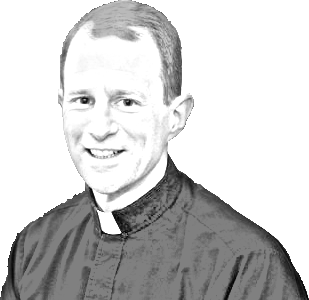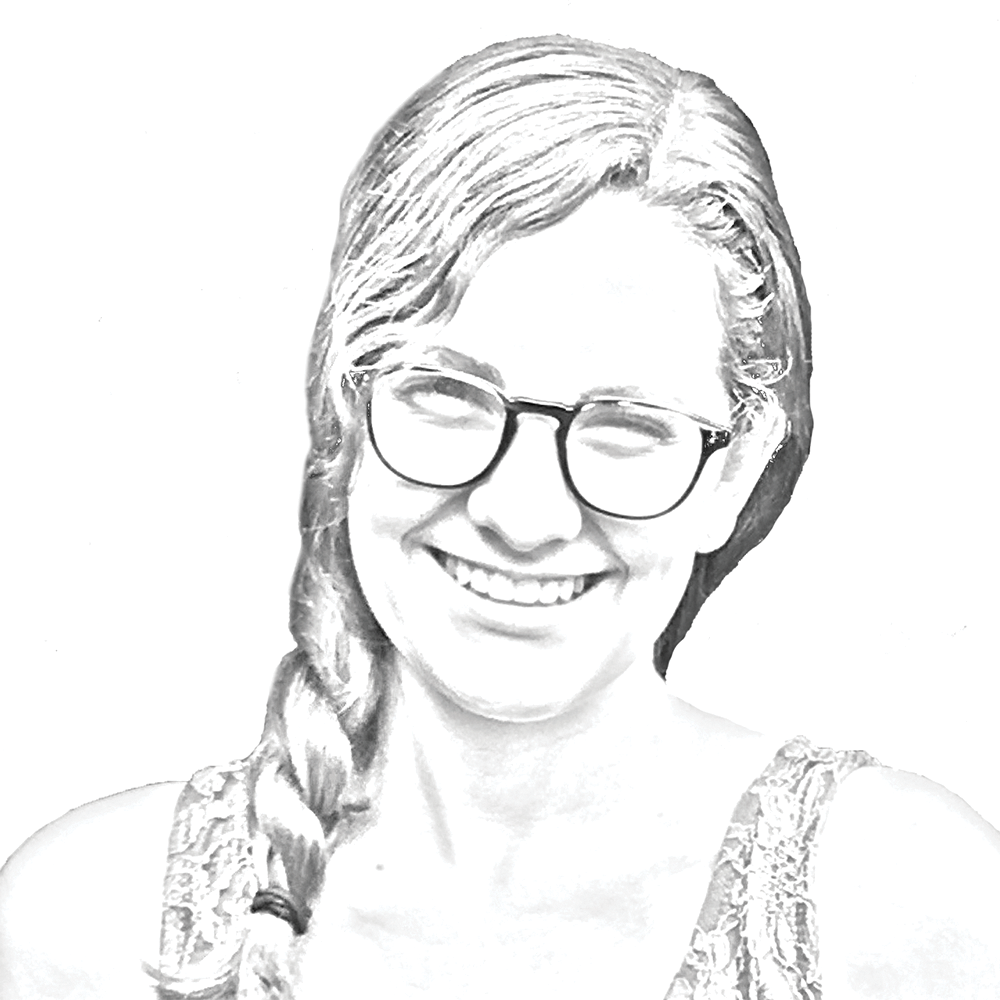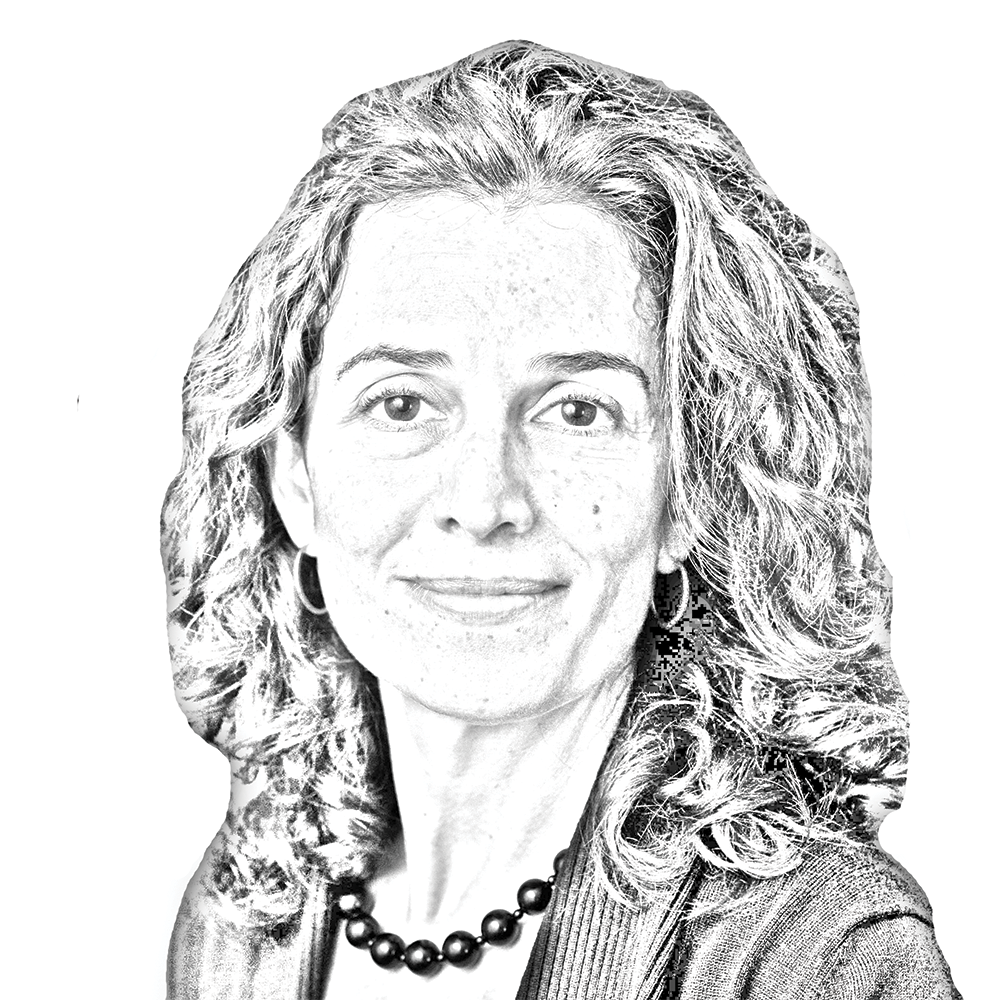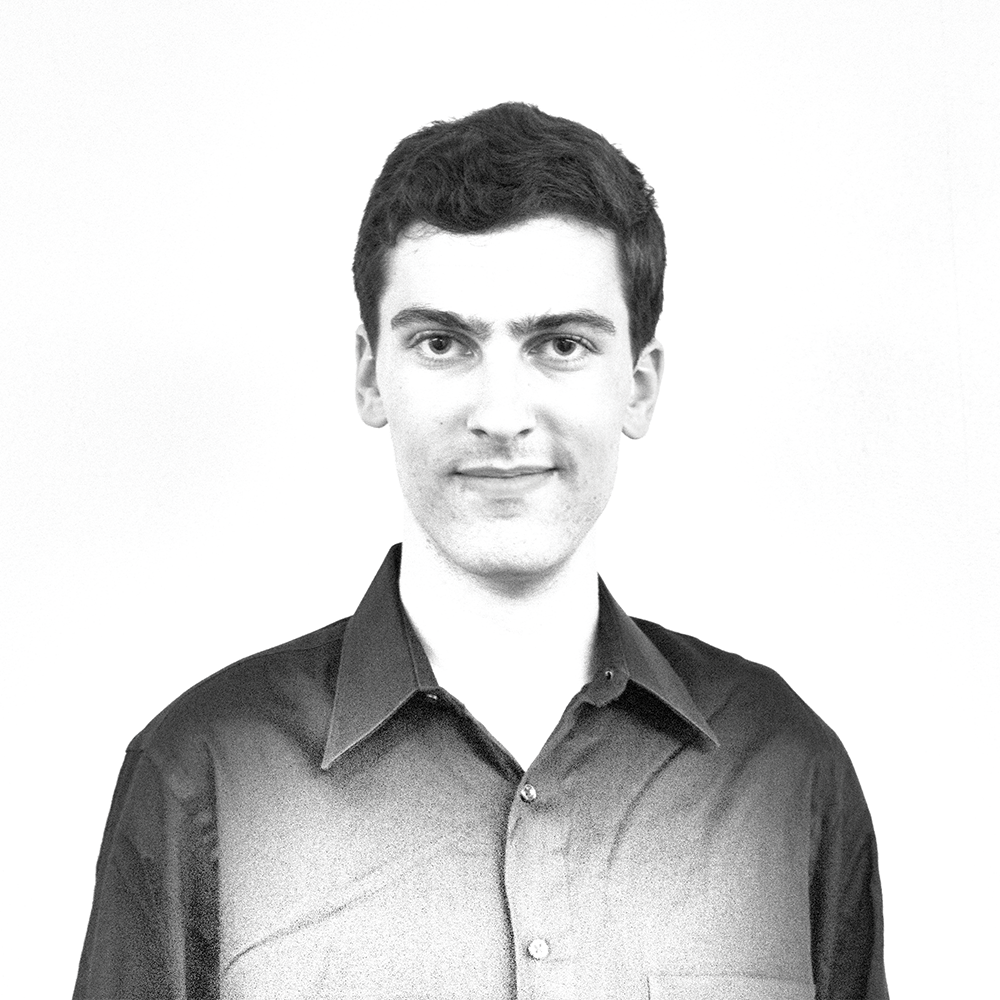During my first two years of college, I rowed crew.
OK, I didn’t actually “row” — at least not most days. I was a coxswain. Still, the experience taught me a tremendous amount. Perhaps the most significant lesson I learned was about what our coach called “the middle thousand,” and the immense potential this stretch can hold.
In crew, races are generally 2,000 meters long, and the temptation for novice rowers is to treat them as all-out sprints from start to finish. As you might imagine, this leads to messy starts, early exhaustion and a lot of ugly flailing along the way.
As such, one of the coxswain’s tasks is to help the team of rowers break the race into pieces, each of which has its own rhythm and mindset. By knowing where we are in the race, and what we are seeking to accomplish, we can make the boat hum — and yes, crew shells can hum, and almost sing, when everything works in harmony.
The most important piece of the race, at least in my coach’s eyes, was the middle thousand meters. Though he coached us relentlessly on how to make the most of the first 20 strokes and pushed us as hard as possible on the final 500 yards, he believed that most races were won or lost in the middle half of the race.
The middle thousand is where you truly find your rhythm as a boat. Strokes are long and smooth, finishing with a flourish, and the ride back up the slides is truly a rest. There is near-maximum exertion one moment, followed by a controlled glide that is exhilarating and even refreshing. This cycle happens over and over, but each stroke has a freshness and focus.
As a coxswain, I loved calling out the strokes of the middle thousand, especially when they would pull us past other boats near us, one seat at a time. We did not fight our way through, as if we had to match them stroke for stroke; rather, we dug deeply and rowed our own race, at our rhythm and this mindset surged us forward — and it felt good.
This middle thousand was the time to savor and enjoy. In fact, our coach — who had rowed in the Olympics — told us that, during this stretch, smiles should be on our faces. Why else would we get up so early and work so hard if we didn’t love the heart of the race?
At Georgetown University, we are now in the “middle thousand” of the semester. For some students, this period is the dreaded midterm season, and the mere mention of it brings a pained grimace to their face.
Still, I think it is helpful to see this time as the heart of the semester — the thrill and anxiety of new classes and living situations are behind us, and we have the chance to lean into the rhythm and opportunities we have found.
Midterms and papers are a healthy part of this process. They are opportunities for us to put into practice what we learned and to realize how much new material we have been exposed to and internalized. We can savor the hard work we’ve put in, and maybe even smile as we walk out of an exam or print out the final draft of a paper, proud of what we’ve written.
The middle thousand is not all exertion. Instead, it has a cadence, alternating between work that is focused and controlled and rest and refreshment that sustains.
In these days, we must be attentive to both. Time spent with friends, on a retreat, at a religious service, getting some exercise or just curling up for a nap is time well spent. We thrive not by frantically matching the strokes of others, but by entering fully into the rhythm and life that is most truly our own.
This middle thousand might be the best part of the semester. It is ripe with the promise of coming into our own, as the slow, almost imperceptible transformation brought on by our classes and experiences starts to surprise us — in good ways! — with who we are becoming.
Jesuit education is all about this transformation. As we make the most of this time in the heart of the semester, we have the chance to see and savor it.
Fr. Matthew Carnes, S.J., is an associate professor of government and serves as the director for the Center for Latin American Studies. As This Jesuit Sees It appears online every other Thursday.




















